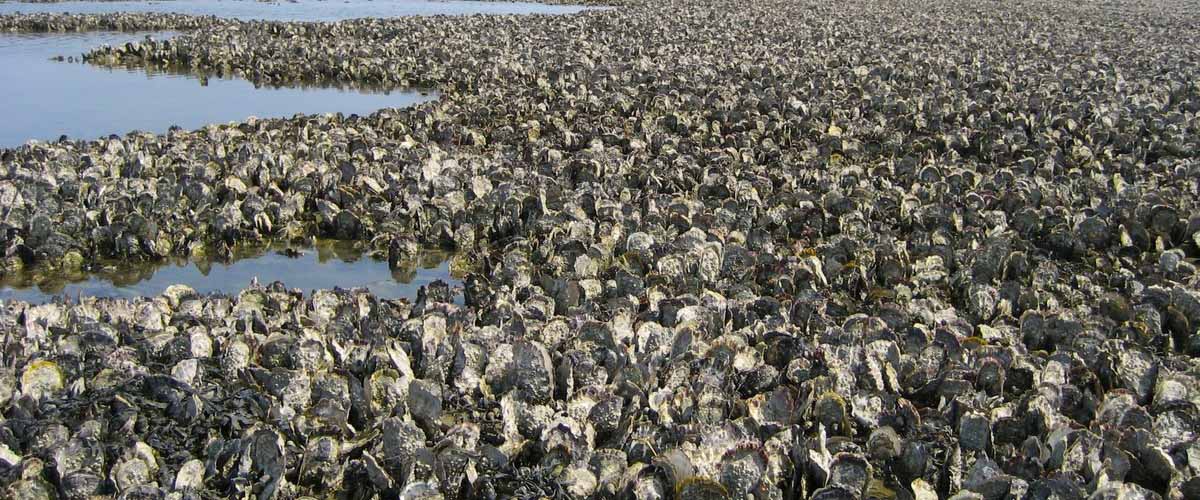Facilitation between organisms is a historically overlooked interaction that has received more attention in recent decades, in part because these types of interactions have the potential to serve as stress buffers in the face of anthropogenic changes to natural systems. Foundation species, such as reef-building oysters and canopy-forming seaweeds, are those that facilitate an entire community by creating habitat structure. But what happens when several foundation species colonize the same habitat? A recent publication by MSC faculty members Randall Hughes and David Kimbro examines this very question, in Australian mangrove forests.
To investigate this question, the authors manipulated the presence and abundance of two co-occuring foundation species, oysters and canopy-forming seaweed, at two sites in an Australian mangrove forest. The authors then measured the impact of their manipulations on the number and types of organisms colonizing each site.
Results, published recently in the journal Marine Ecology Progress Series, indicate that each foundation species plays a unique roll in the community. For example, as oyster abundance increased, the number and types of organisms at each site increased, meaning that the associated organisms benefited from increased oyster abundance. However, the number and types of organisms associated with the canopy forming seaweed only were impacted by presence or absence of the seaweed, not abundance. Another interesting result was that the facilitative effects of foundation species varied across sites indicating that other factors were influencing the number and types of organisms colonizing an area.
This study highlights that all foundation species are not created equal and that each contributes uniquely to a community. Additionally, differing impacts between sites indicate that while foundation species can influence the number and types of organisms in a community, processes occurring on larger spatial and temporal scales are likely driving community structure. This work adds to our understanding of facilitative interactions between mangrove organisms, allowing for improved conservation and management of these delicate coastal habitats.

